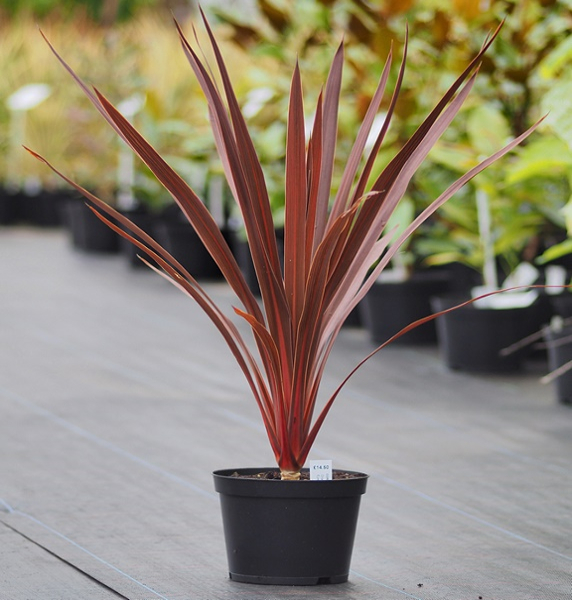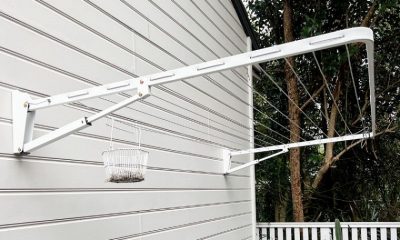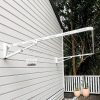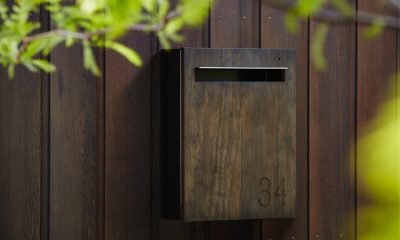House & Garden
Cordyline Plants: The Benefits of Having Them Around

If you’re like me, and most people that is, you often long for some changes at home. Of course, longing is one thing, and actually changing is another when your budget doesn’t allow it. Luckily, you don’t have to buy furniture or accessories to be able to add some colour and texture, both indoors and outdoors.
I’m talking about using the decorating power of nature, or more specifically plants, like the unique beauty of red cordyline. There are several other colours, like purple, white, and yellow, you can count on even from the same variety of plant, and the lush foliage is sure to fill up your space with greenery. Also known as Hawaiian Ti plant, it’s considered to bring good luck.
As a genus of about 15 species (though recently a new range has surged), cordyline is ideal if you’re up for adding a bit of tropical flair in your home because of its palm-like trunk, more so knowing there are varieties suitable for every climate so you don’t have to worry about the frost if you live in a colder area as long as you choose the adequate plant, such as the New Zealand native Cordyline australis, or one of the newer red cordyline as are Red Sensation and Red Fountain.
What’s great about cordylines is you can keep them both indoors and outdoors, and as long as you buy them mature with well-developed roots, it’s up to you whether you plant them directly in the ground or in planters. Though they are drought tolerant, it’s the ones more resistant to the cold that can manage by without too much water, as opposed to the more tropical varieties with large leaves.
It’s true, they are tough plants requiring minimal maintenance but that doesn’t mean you shouldn’t provide them with some TLC. Most importantly, you have to make sure the soil is rich and well-drained, as overwatering doesn’t do them good. In terms of position, semi-shade is ideal though fully developed plants could do well in full sun too just know they require frequent watering.
Though not a necessity, it’s recommended to treat them with a bit of fertilising every six months or so. To be on the safe side, it’s best to choose organic fertilisers. As for pruning, you should regularly do so at least to remove the dead leaves and flowers. If you keep them outside, it’s good to tie up the leaves and cover the trunk with fleece to prevent winter damage in case of severe cold weather.
As a proud Pisces known for the selflessness, Olivia joined up the blog fascinated by the idea she can help readers with info on topics and their related benefits like health and beauty, travel, food and drinks. When not writing, she likes to call it a day reading comic books in the company of her Tonkinese cat Chatty or binge-watching The Big Bang Theory with her SO like the nerd she is.


























